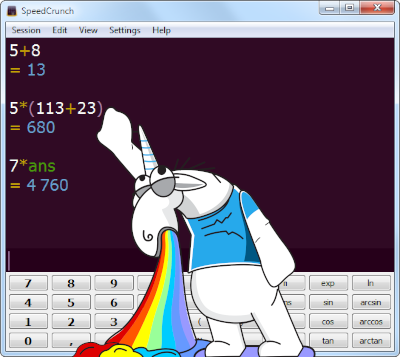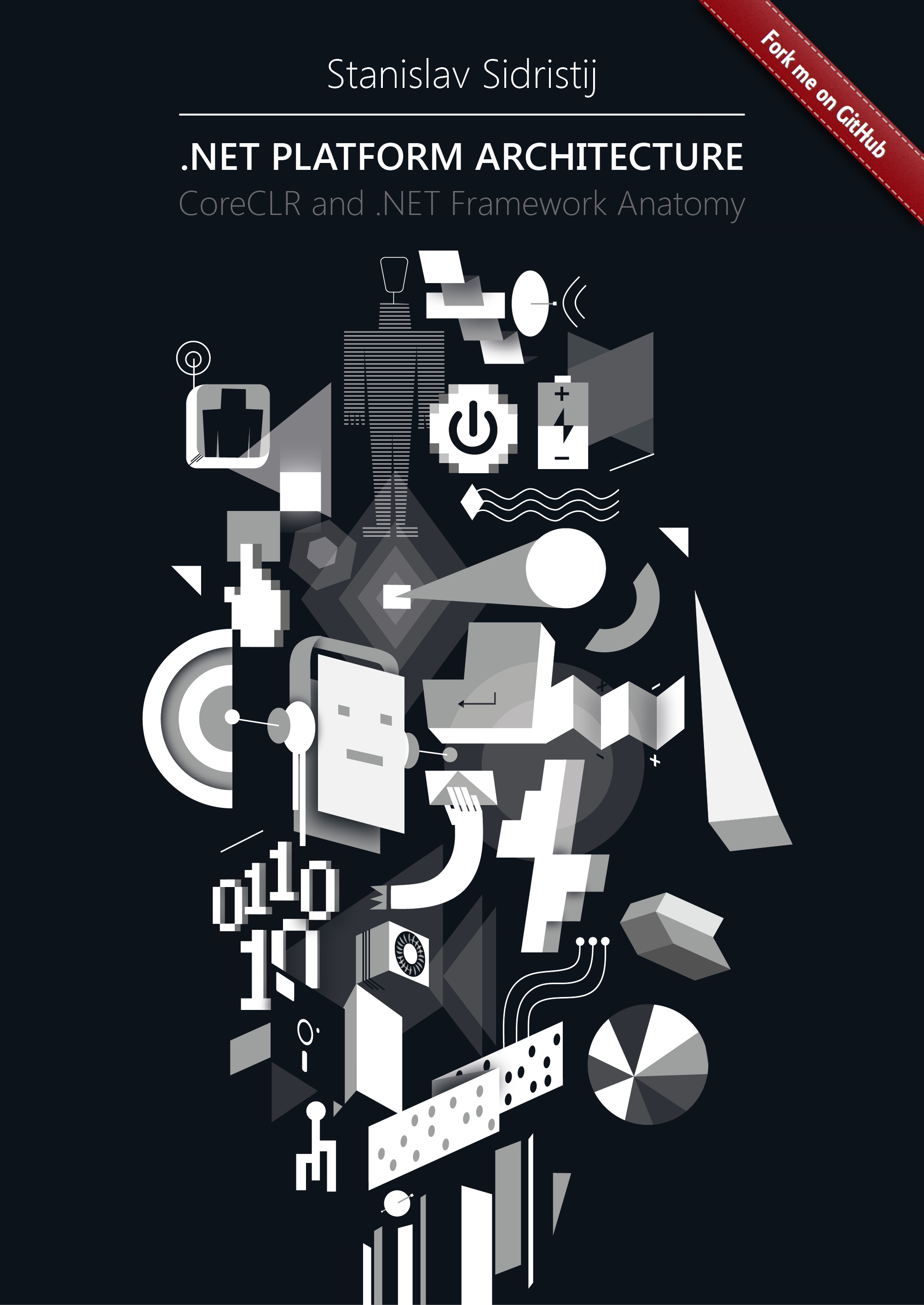This is how Alex Viscreanu’s talk on Moscow Python Conf++ named. Now it's two weeks till before the conference, but of course, I've already heard what Alex will speak about. Find below some spoilers and talk preparing backstage: what kind of an open source Zoo developed in Kiwi, how it tests Python code and what’s the difference between The Zoo and for example mypy.
— Tell us a bit about Kiwi, yourself and what is your work within a company?
Kiwi.com is an online travel agency based in Czech Republic. We aim to make travelling as simple and accessible as possible. The company was founded in 2012 as Skypicker, and since then it has become one of the five biggest online sellers of airline tickets in Europe. It was renamed to Kiwi.com in 2016.
The special feature that we, at Kiwi.com, offer is the virtual interlining, which allows us to connect flights from companies that don’t usually cooperate together, and we are covering the possible connection issues caused by delayed flights.
Some of the numbers that we manage at Kiwi.com include 90 000 000+ daily searches, 25 000 seats sold daily, and a total of 15 000 000 000+ flight combinations available.



 This chapter was translated from Russian jointly by author and by
This chapter was translated from Russian jointly by author and by  Now user visits the page and checks out the effect. It’s cool and pleasant small feature, it catches, then user discusses it with colleagues or friends and even repeats the feature. It could be this easy, if not:
Now user visits the page and checks out the effect. It’s cool and pleasant small feature, it catches, then user discusses it with colleagues or friends and even repeats the feature. It could be this easy, if not: 












